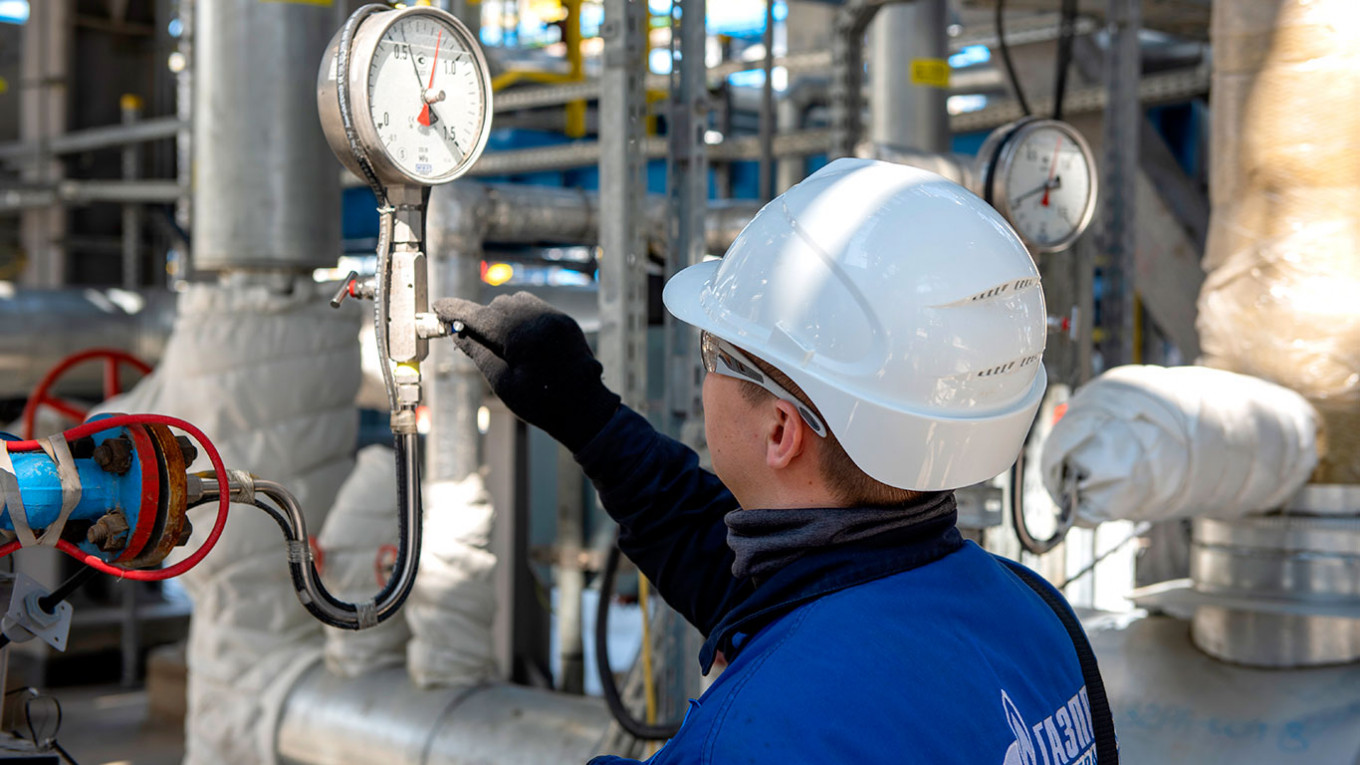Gas distribution installations play a crucial role in providing homes, industries, and businesses with a reliable and efficient supply of natural gas. As the demand for clean energy sources continues to rise, the gas distribution sector is undergoing significant transformations to enhance safety, sustainability, and efficiency. In this article, we will explore some of the latest innovations in Tube Cuivre dégraisser that are shaping the industry’s future.
- Smart Gas Distribution Networks:
The advent of smart technology has revolutionized various industries, and gas distribution is no exception. Smart gas distribution networks leverage advanced sensors, communication technologies, and data analytics to monitor and control the flow of gas in real-time. These systems enable operators to detect leaks, optimize pressure, and respond swiftly to any anomalies, ensuring the safety of both consumers and the environment.
- Renewable Gas Integration:
With a growing emphasis on sustainability, gas distribution installations are increasingly integrating renewable gases such as biomethane and hydrogen into their networks. Biomethane, produced from organic waste, and green hydrogen, generated through electrolysis powered by renewable energy, offer a greener alternative to traditional natural gas. Adapting gas distribution systems to incorporate these renewable gases helps reduce carbon emissions and contributes to a more environmentally friendly energy infrastructure.
- Advanced Leak Detection Technologies:
Gas leaks pose serious safety hazards and can have detrimental effects on the environment. To address this issue, gas distribution installations are incorporating advanced leak detection technologies. These may include infrared cameras, acoustic sensors, and laser-based systems that can quickly identify and locate leaks, allowing for prompt repairs and preventing potential accidents.
- Predictive Maintenance:
Predictive maintenance is gaining traction in the gas distribution sector, helping operators anticipate equipment failures before they occur. By analyzing data from sensors and other monitoring devices, predictive maintenance systems can identify signs of equipment wear and tear, enabling timely repairs or replacements. This not only improves the reliability of gas distribution installations but also reduces downtime and maintenance costs.
- Remote Monitoring and Control:
Remote monitoring and control systems enable operators to manage gas distribution networks from centralized control centers. This not only enhances operational efficiency but also allows for rapid response to emergencies. Remote monitoring facilitates real-time adjustments to gas flow, pressure, and distribution, contributing to a more agile and responsive gas distribution infrastructure.
Conclusion:
Gas distribution installations are evolving to meet the demands of a changing energy landscape. The integration of smart technologies, renewable gases, advanced leak detection, predictive maintenance, and remote monitoring is transforming the industry, making it safer, more sustainable, and efficient.
